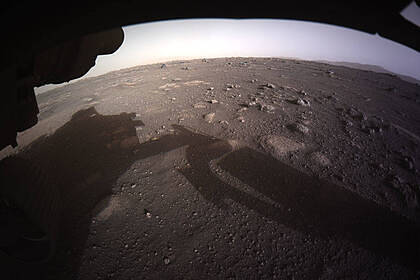Spores of black mold and some bacteria can survive the takeoff of a spacecraft and a trip to Mars, astrobiologists have found. As a result, such spores become dangerous for astronauts, according to a study published in the journal Frontiers in Microbiology.
To recreate the surface conditions of the "red planet", scientists launched bacteria and fungi to a height of 38 kilometers above the earth in a balloon. The samples were placed in a special container, which reproduces the Martian temperature, pressure, composition of the atmosphere and soil.
So, of all the bacteria sent to the stratosphere, the worst result was shown by extremophile bacteria from the genera Buttiauxella, which were almost completely sterilized. At the same time, a significant part of the remaining samples survived the flight. This was best achieved by black mold spores, which cause dangerous infections in the human lungs.
According to scientists, mold can live on the surface of Mars for up to five hours. Such data jeopardizes the safety of future expeditions to Mars, the researchers say.
Earlier, German scientists found microorganisms that can grow and develop in the Martian atmosphere. According to the researchers, based on cyanobacteria, or blue-green algae, it is possible to create life-support systems for people who will live on the surface of Mars.
Vera Pavlova

